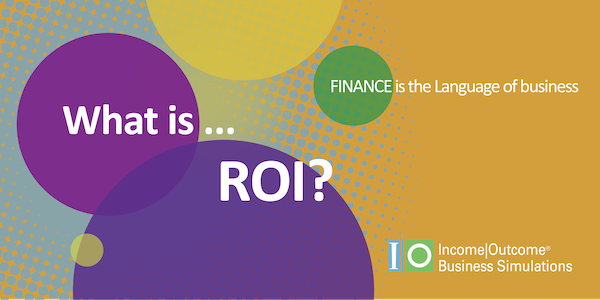Trust and Transparency in Business Simulation Games

Published Date
Transparency in Business Simulations: Why It Matters for Gen Y Learners
In this clip, an Income/Outcome business simulation game helps savvy Gen Ys learn business finance.
There are no hidden dynamics in our board-game simulation:
- Every action is visible
- Every decision can be tracked
- Every effect has a demonstrable cause
The Role of Trust and Transparency
"The culture of a company is simply the 'way individuals, managers, and teams act' on a daily basis, aggregated on a macro level. And 'trust' should be the cornerstone of these actions," writes Vineet Nayar, vice chairman and CEO of HCL Technologies, in a Harvard Business Review article.
"Generation Y has grown up in an age of information overload," Nayar adds.
"They have learned to sift through multiple layers very quickly to cut through the fluff and get to the heart of the issue.
Transparency is the only way to deal with this young talent pool.
They live in a world of open communication, and that is the only manner they trust."
Why Transparency Matters in Business Simulation Games
Nayar is on the money.
His comments apply especially well to business simulation games.
To see how, let's look at an example:
The Hidden Formula Problem
Say your Gen Y team members are playing a computer-based strategy game.
After weighing their choices, they decide to:
- Increase inventory
- Absorb the costs of purchasing and warehousing more goods
- Count on higher customer satisfaction to offset these costs
They expect to see:
- More repeat business
- New customers from word-of-mouth referrals
Instead... they start losing customers to the competition.
The Road to "Whatever"
The players can't figure out why:
- Customers are getting their goods faster—so that should be positive, right?
- The same packaging and shipping process is being used.
- The quality of goods is unchanged.
The team wracks their brains:
- Did we miss a key factor?
- Did we make a mistake?
- Was there a cause we didn't track?
Eventually, they give up:
"Whatever," they say, frustrated and disengaged.
They mentally check out.
Black-Box Business Simulations: A Recipe for Trouble
This game is a "black-box" simulation.
- The cause-and-effect model is hidden from participants.
- There's a formula running in the background, but they can't access it.
- When results seem unpredictable, they stop engaging.
And worse:
When participants sense the system is mechanical, they start "gaming the game".
They stop learning about real-world business principles and focus on cracking the system.
Our Approach: Full Transparency
That's why our Income/Outcome simulations:
- Use a clear, visual board game
- Show every financial action
- Make every decision visible
- Let participants track every cause and effect
Why It Works
- Participants stay engaged because they trust the game.
- They don't try to "beat the system"—they learn real finance concepts.
- Learning sticks because they can see how their decisions impact results.
Gen Y might cut through the fluff, but they'll never cut out engagement when they see the real, transparent dynamics of a business in motion.



